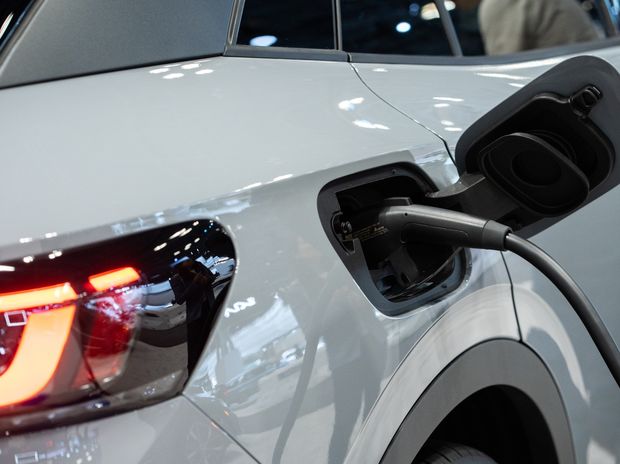EV go
the future of transportation is electric. Changing emissions regulations have increased demand for electric vehicles. Cutting emissions through electrification, which includes the transition to electric vehicles, will require a clean, reliable energy grid.
the patchwork network of US charging stations is slowing the pace of EV sales. Fear of a drained battery is a key barrier for many drivers contemplating ditching gasoline-powered vehicles. Public charging continues to provide challenges to EV adoption.
battery technology, public charging infrastructure, transitioning away from gas.

lower costs
people are adopting EV in part due to the tightening carbon dioxide CO2 emissions targets and the improving battery technology providing greater range at lower costs.
lightweight materials and tailoring battery packs to customers' range needs makes for a favorable total cost of ownership, versus ice; internal combustion engine.
China
Beijing poured billions of dollars into battery and ev companies to research alternatives to the combustion engine alongside subsidies and tax breaks to encourage the adoption of low-emission vehicles.
Value for money is central to the appeal of Chinese car makers. BYD uses less powerful and cheaper LFP, lithium iron phosphate batteries. The new LFP batteries are safer and don't use nickel and cobalt.
lithium iron phospate, LFP
lithium iron phospate, LFP, LiFePO4, longer lifespan, no maintenance, improved discharge and charge efficiency, and they don't use scarce raw materials like cobalt and nickel, lightweight and safe and are less likely to catch fire.
Tesla is transitioning from lithium ion cells to LFP in its vehicles.